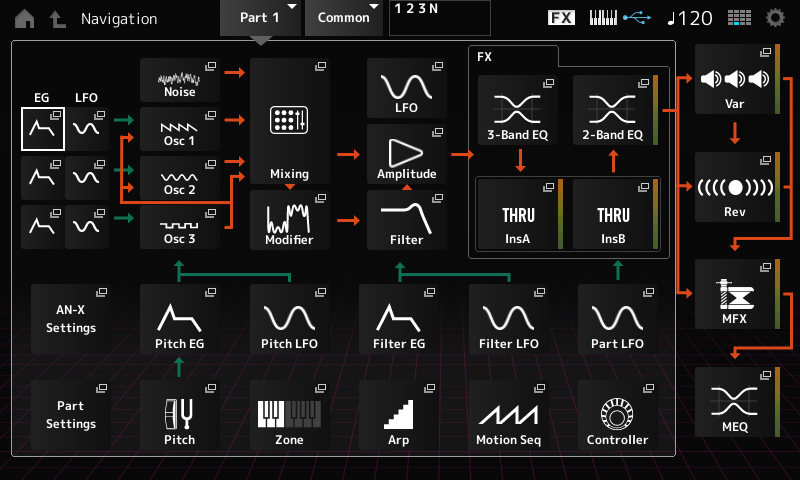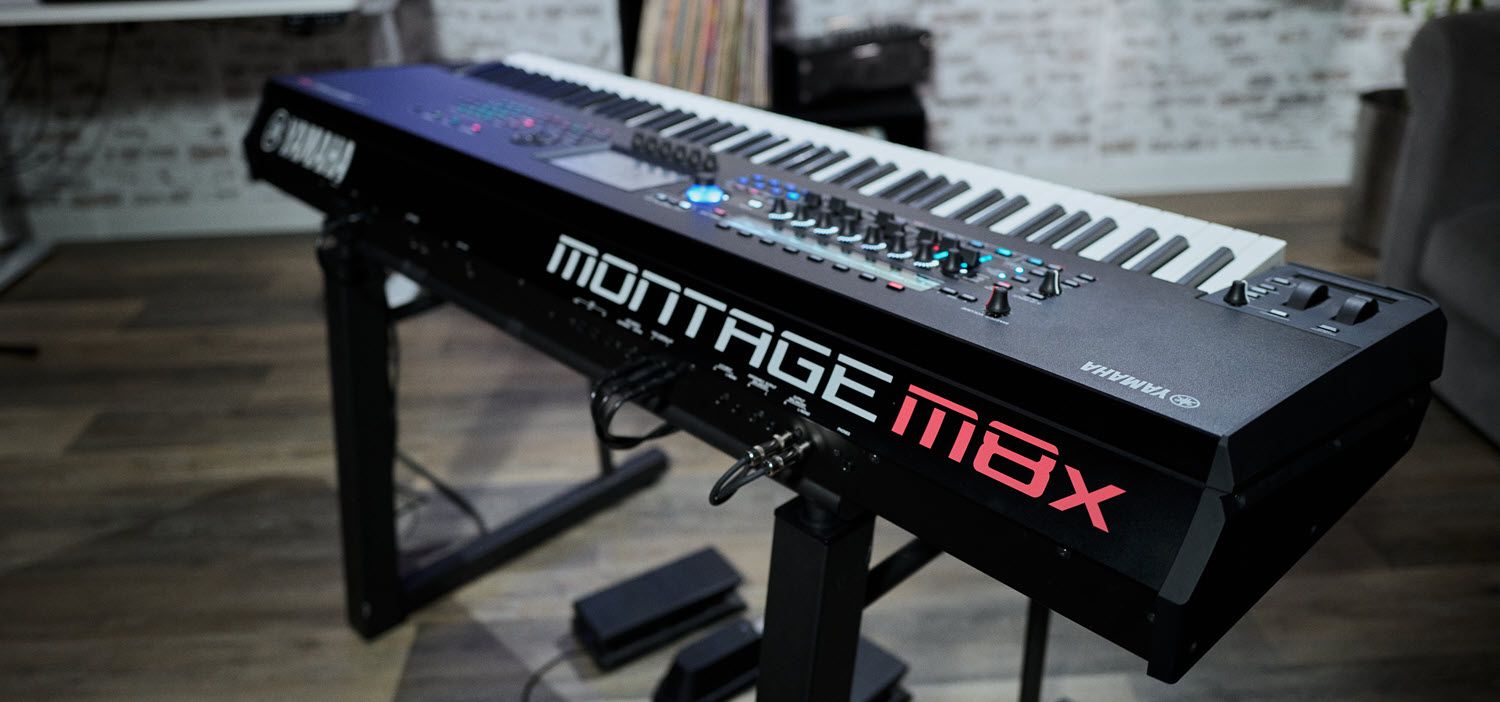MONTAGE M OS v2.0 and E.S.P. Preliminary Information
MONTAGE M OS v2.0 and E.S.P. v2.0 is coming soon! This significant update takes MONTAGE M to a new level adding important Sound, Control and Workflow enhancements. Here’s a quick look at what’s new!
Sound
There are six very cool sound updates coming in MONTAGE M OS v2.0. Here they are:
- The CFX2 Concert Grand Piano: This is the latest version of the Yamaha flagship CFX concert grand, launched in 2022.
- Synth Space LA CP80: This CP80 Electric Grand from the LA Synth Space has a big, warm, and full sound with extended “soft” layers and more natural decay.
- New Performances: 58 new Performances highlighting new features plus a MONTAGE M OS v2.0 Attribute added in Category Search.
- Shimmer Reverb: A popular request from IdeaScale, Shimmer reverb is great for creating ethereal, atmospheric music.
- AN-X Wave Folder: Expanding the AN-X engine, the Wave Folder is great for making simple sounds more complex and edgy.
- AN-X Smart Morph: Create thousands of AN-X sounds instantly with powerful machine-learning technology.
Control
MIDI 2.0: MONTAGE M OS v2.0 implements several MIDI 2.0 specifications like high resolution data for note velocity, polyphonic and channel aftertouch, Super Knob, pitch bend, modulation, assignable knobs/sliders, foot controllers and sustain
Workflow
UI Improvements: MONTAGE M OS v2.0 adds improved AWM2 Element edit along with additional Category Search and Navigation choices.
Expanded Softsynth Plugin (E.S.P.) v2.0
E.S.P. v2.0: A new paradigm in sound customization, E.S.P. is not JUST an editor but a fully functioning and fully editable MONTAGE M in your computer. Parameter edit is upgraded to full edit allowing deep sound customization whether connected to MONTAGE M or not. Streamlined content exchange between E.S.P. and MONTAGE M makes managing your personalized sound content easy.
MONTAGE M OS v2.0 and E.S.P. v2.0 will be available this summer. We’ll be releasing more information over the next few weeks. Lastly, we’ll feature MONTAGE OS v2.0 on the upcoming Tech Talk on June 11. Watch for details coming soon!

